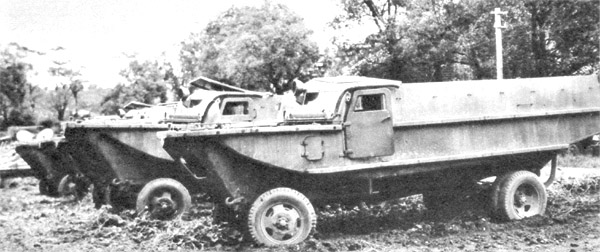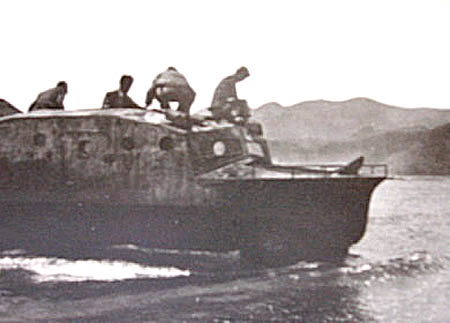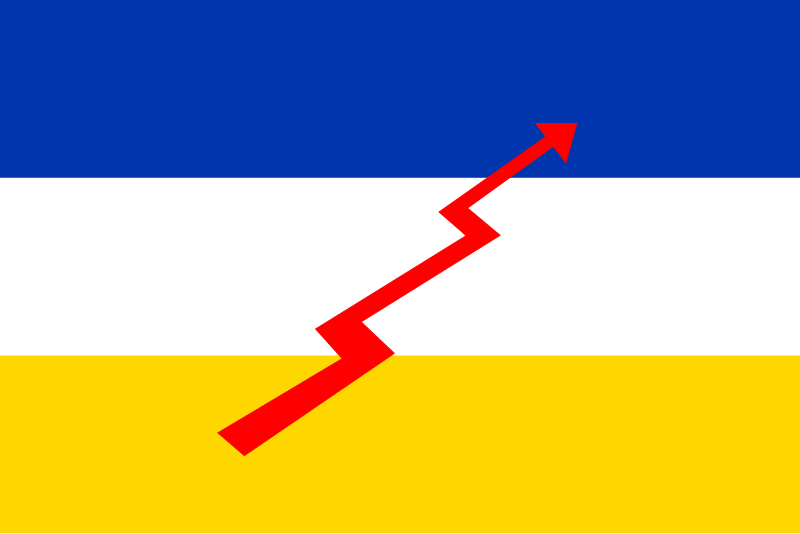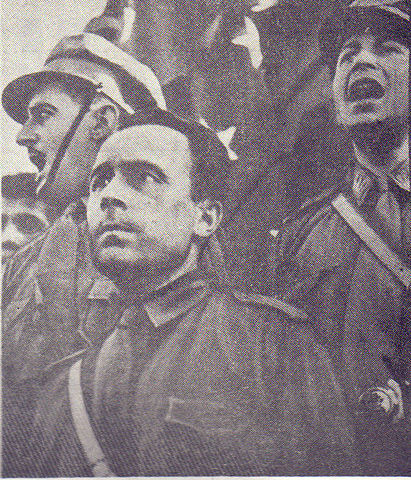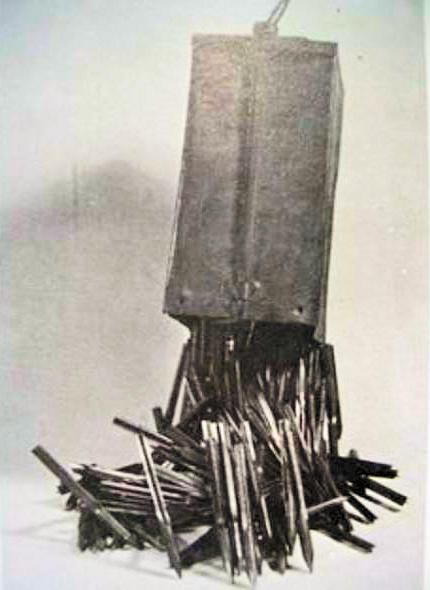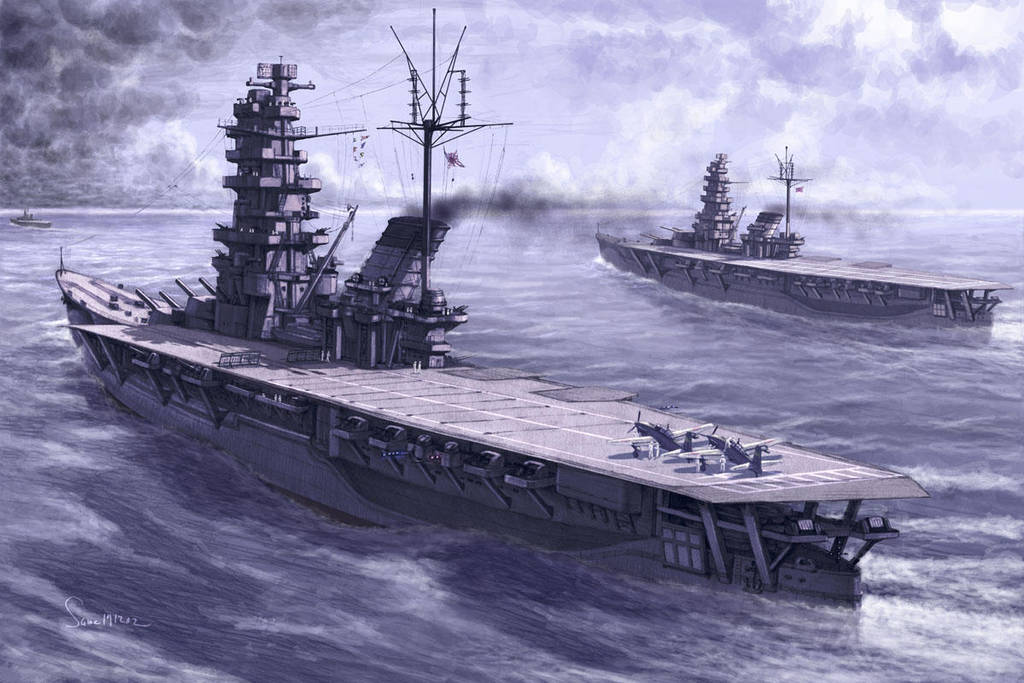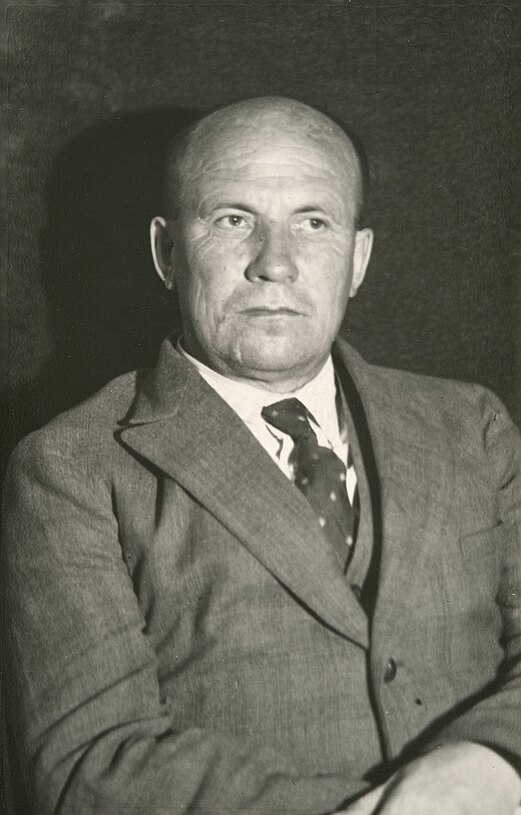Chapter 422: Lessons learned at Midway: from the Shinano to the Tairyū and Taikaku/ Taitsuru
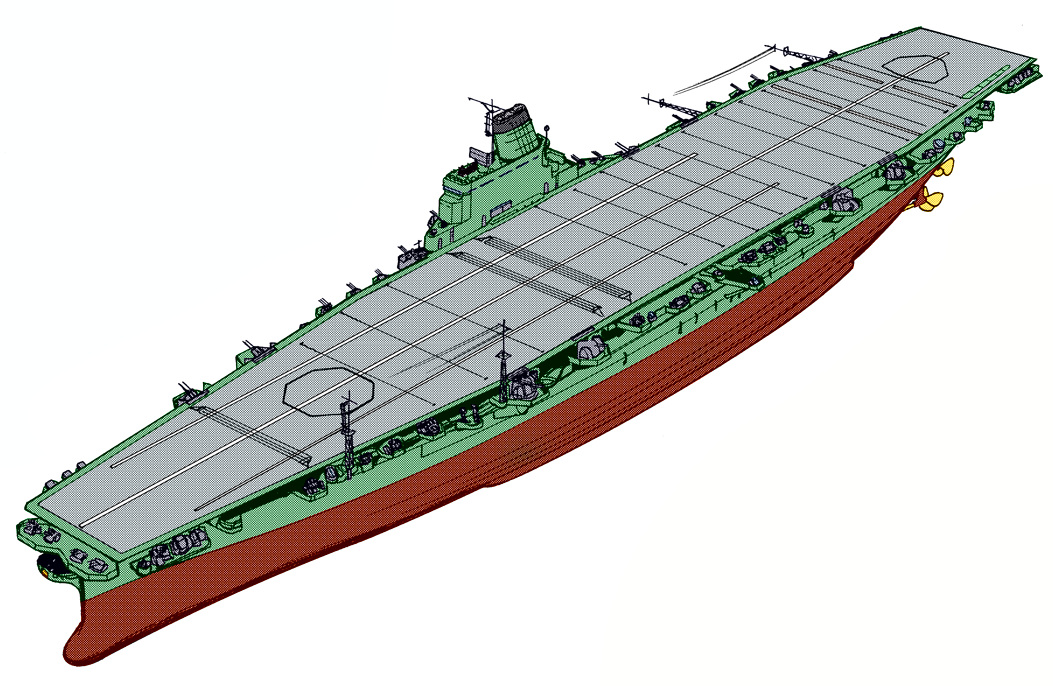
The Japanese Empire had been cheated by the Western (the European Nations and he USA) Powers before, first during the Sino-Japanese War (1894-1895), when they liberated Korea (the later Chosen), weakened China and were forced to back out of China, just for the Western Powers (Great Britain, France, Russia and Germany) to then set up their own Zones of influence in China themself. Japan was then once again cheated by them during the Russo-Japanese War (1904-1905), when their wargoals (all of Sachalin/ Karafuto and direct Influence over all of Manchuria) were once again robbed from them by the Western Powers. It also happened after the First Great War (1914-1918) when after taking Germans Chinese Colonies, the Japanese had to give them back to China and dwarfen their demands that would have made China into some kind of Japanese Colony. In the End while the European Powers were creating huge, global Colonial Empires, they denied Japan the same growth. Worse, they even interfered with Japan's policy in China, while Nations like the United States had the Monroe Doctrine, that did not allow anyone like themselfes to interfear in the Americas. Since they at the same time denied Japan the same rights in China, Japan had all reason to feal cheated and betrayed. And like so often before, Japan learned from the Western Powers once more.
Had it before modernised it's state, industry, army and navy in their image, it would after 1918 learn their way to diplomatically cheat and betray. Britain who had lost far fewer numbers then France, after all managed to cheat it's way into getting most of the German Colonies as Mandates of the League of Nations, thanks to the little trick that their Dominions administrated most of them. Japan meanwhile watched closely, absorbed and learned from this. This led to the creation of the Co-Prosperity Sphere and the nation building in Manchukuo, Chosen and later Yankoku. After all when Japanese Puppets were set up in these areas it wasn't Japanese direct involvement and imperialism against China this time. This also helped the Empire of Japan to right some of the wrongs from the Washington Naval Treaty and the later First and Second London Naval Treaty. Japan cheated the treaty and tonnage regulations just like Germany and Italy (and even America and Briain to a extend) did, by not filling the ships with the maximum of ammunation and fuel, by additionally also leaving out some of the Anti-Air guns and smaller naval guns that could be later easily and quickly added, or in the chase of Carriers, by simply not filling them with ammunition, fuel and most airplanes at all. The Yamato-Class meanwhile was still build in secret and if discovered it would be claimed that they were build for the Empire of Manchukuo and Chosen, whose governments had not signed any treaty regulations. This way the Yamato-Class ships became the flagships of the Imperial Japanese Navies First, Second, Third, Forth and Fifth Fleets.

This greatly changed during the Second Great War (sinking of the Prince of Wales and Repulse) until the Battle of Midway. Carriers, not Battleships had suddenly proven themselfes to be the weapon of future wars and because of this the already partly build Shinano was repurposed after the heavy losses the Japanese Carrier Fleet had at Midway. Plans were quickly made to convert more Cruisers, Battlecruisers and Battleships into Carriers, or at least Aviation Carriers (AC), Half-Carriers (HC) or Battle Carriers (BC). As the main deck, lower side armor, and upper side armor around the ship's magazines had alreasy been completely installed, and the forward barbettes for the main guns were also nearly finished, the Shinano Aircraft Carrier Conversion became a hybrid, a Battle Carrier, to not slow down production by rebuilding much of the ship. The ship was renamed Tairyū (Great Dragon) and became the first of a class of so called Battle Carriers, or more precisely Super Battle Carriers, as it was a mix of the Yamato-Class and the so called Taikaku (or Taitsuru)-Class (Great Crane) in reference to the orignall planned conversion of the Shinano Battleship into a Carrier. All three, the Yamato-class, the Tairyū-class and the Taikaku/ Taitsuru-Class later had a planned, even larger Super variation of their original class.
The enorme size of thos 62,000 ton Tairyū-class and the Taikaku/ Taitsuru-Class allowed for much needed modernisation. The hangars, while able to be closed, were open to allow for better ventilation and ordnance or burning aircraft to be quickly tossed into the sea before they endangered the rest if the ship. They had the most modern and heaviest AA-guns for protections, as well as 12 28-rounds AA rocked launchers and the most heaviest side (400 mm, or16 in, inclined 20 degrees) and deck armor of any Japanese Aircraft Carrier build until then. The enormous space inside the ship allowed for much more aircrafts to be carried. The Battle-Carriers of the Tairyū (Great Dragon) -class were able to transport 80 aircraft and threfore more then the Ryujo-Class with 48 airplanes, the Juno-class with 53 airplanes the Soryu-class with 71 airplanes, the Hiryu-class with 73 airplanes and even the later Unryu-class with 65 airplanes. While they had not as much airplanes then the Shokaku-class with 84 airplanes, or the later Taiho-class with also 84 airplanes, the Kaga-class with 90 airplanes and the Akagi-class with 91 airplanes, their number was still more then enough to compete with the american carrier airplane capacities (up to 80 airplanes on the Wasp, up to 86 airplanes in the Ranger, up to 90 airplanes on the Lexington-class, up to 96 airplanes on the Yorktown-class). The American Lexington-class and Yorktown-class as well as the Essex-class with it's up to 100 airplanes however was still dwarfed by the Taikaku (or Taitsuru)-Class (Great Crane) of the Imperial Japanese Navy in 1944. Their maximum capacity of airplanes was 160 and their great ammunition, fuel and airplane storage capacities made them the new flagships of the Imperial Japanese Navy Fleets.
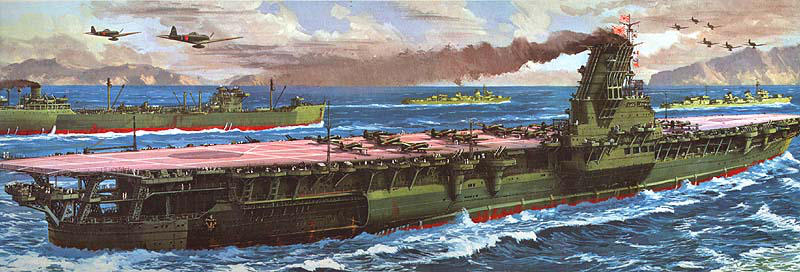
These flagships were used as supply and logistic carrier for the rest of the fleet, as well as the landing carrier for the returning aircraft from the smaller main fleet carriers, from 1944 untill late in the sixties and seventies with various upgrades and modernisations. Additionally the Great Cranes could also serve as direct attack carriers, using most of their aircrafts to either cover the fleet, while the remaining carriers attacked with all of theirs, or suppor their assault waves, while each carrier used their own Close Air Support and Fighters to cover certain parts of the fleet or the whole fleet at all. The Great Dragons and the Great Cranes were also used to resupply and establish Island bases in the Pacific, as one trip with them was more then enough to fill up all the intitial aircrafts that would fit on most of those airfields and fortified islands. The most modern and best fire control systems, water pumps and anti-aircraft systems, also made these newer Yamato, Tairyū and Taikaku/ Taitsuru-class ships the best and most securest, the Imperial Japanese Navy had build until then and their transported aircraft, like Mitsubishi A7M Reppū (烈風, "Strong Gale"), Aichi B7A Ryusei (流星 Ryūsei, "Shooting Star"), Nakajima C6N Saiun (彩雲, "Iridescent Cloud") Yokosuka MXY-7 Ohka (櫻花 Ōka, "cherry blossom") were the most modern of their type.




